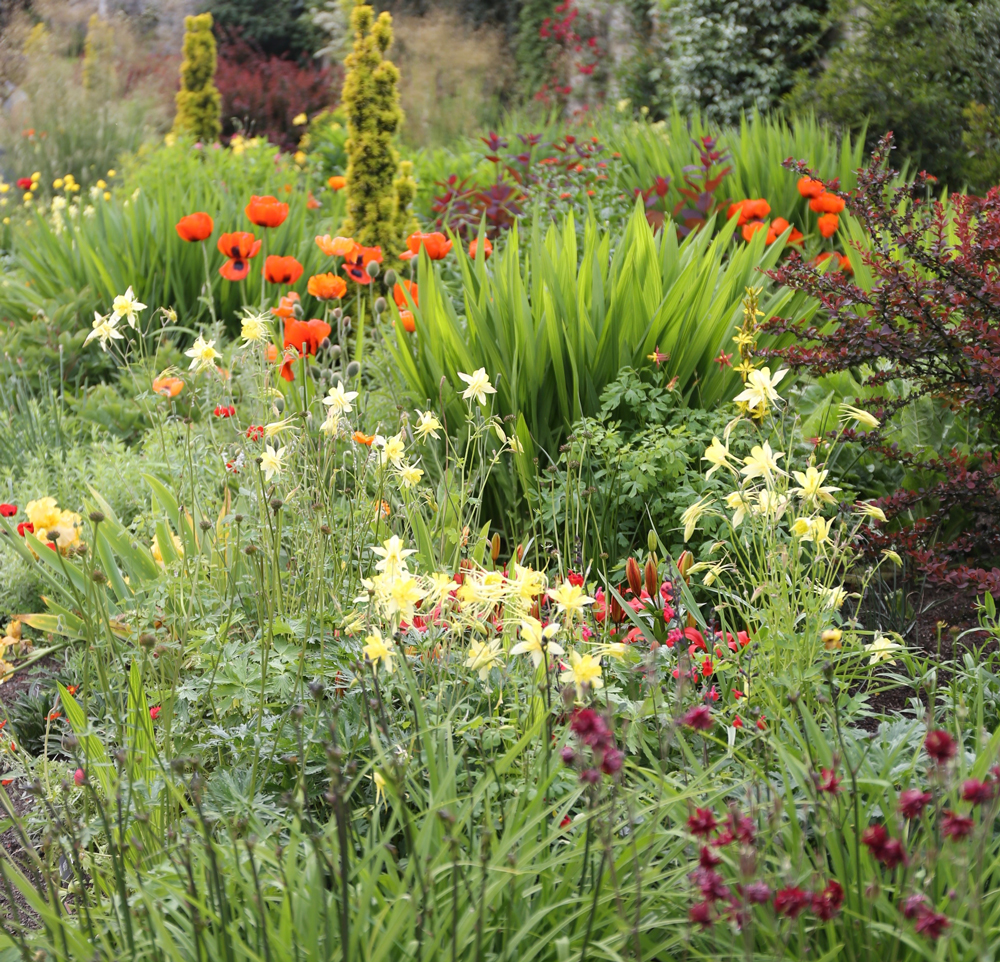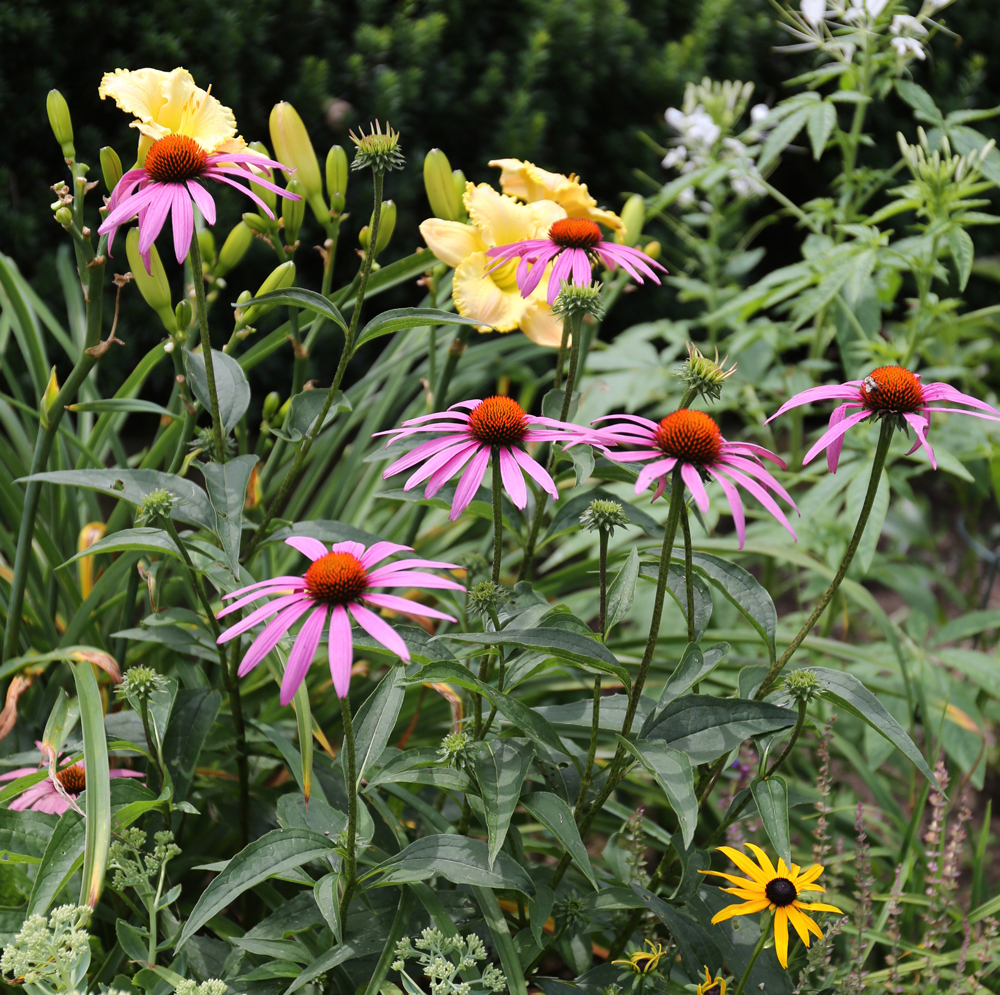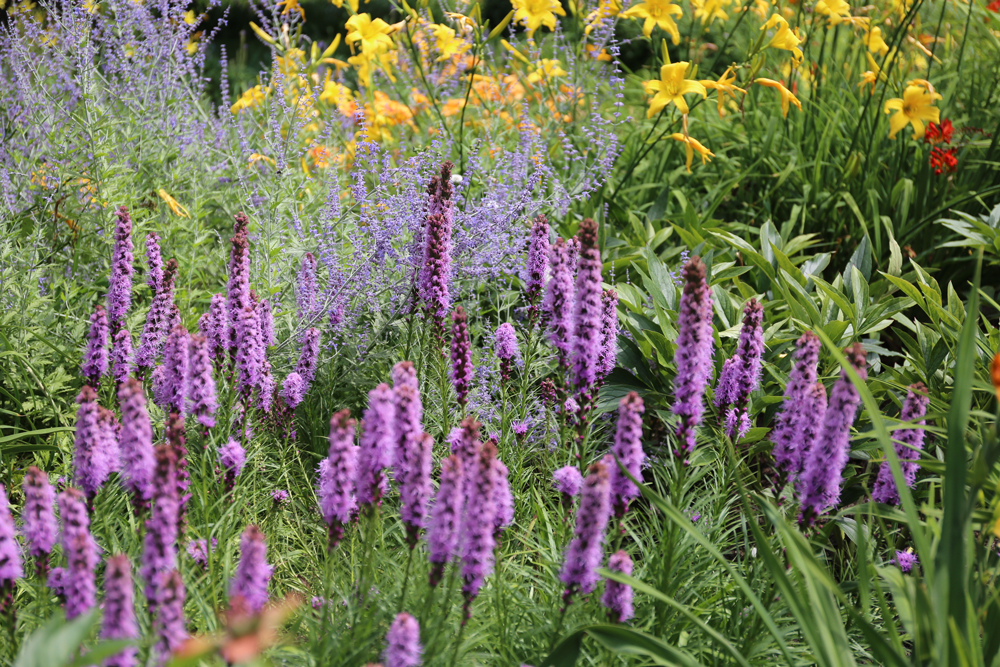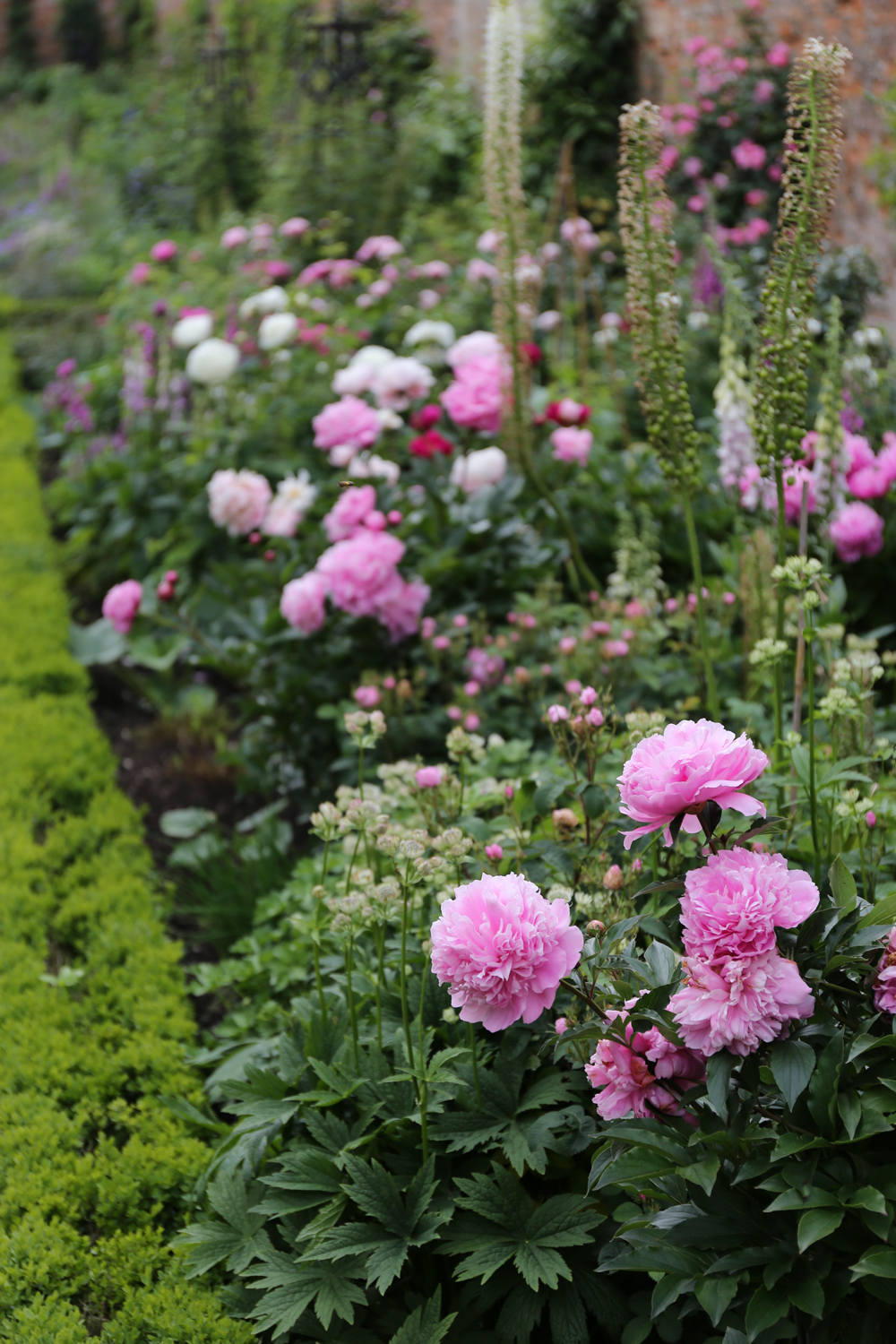Your Guide to Planning, Planting, and Growing Perennials
Perennials are plants that die back in the fall and regrow from the same roots the following spring. There are hundreds of different types of perennials to choose from. The key to success is choosing perennials that are well-suited to the growing conditions in your yard.

What to Know About Perennials
Winter hardiness is the first and most important consideration when choosing perennials. All perennials have a hardiness rating that indicates the coldest winter temperature they will tolerate. Know your hardiness zone (find it HERE) and choose perennials that will be hardy in your location.
Light is another critical factor. Some perennials need full sun while others prefer shade. When plants do not get enough light, they are unable to grow and bloom properly. On the other hand, shade loving plants can be damaged by too much sun. The quality and amount of sunlight available in your yard changes during the day as well as during the growing season. Be aware of how much sun is available in different parts of your yard and locate plants accordingly.
While some perennials will grow in almost any type of soil, others are quite particular. Some need rich soil and consistent moisture. Others prefer sharply drained, low nutrient soil and little moisture. Over time, you can adjust the soil in your yard, but it’s best to start with plants that will be happy with the existing growing conditions.

Most gardeners want to see a continuous display of blooms from early summer through fall. This can be tricky to achieve. Perennials such as peonies, Oriental poppies, and iris bloom for just two or three weeks in early summer. Others, such as Russian sage, asters and mums don’t start blooming until late summer. To get a succession of blooms, it’s important to include plants that flower at different times during the season.
Plant size is yet another factor. Some perennials have a low, creeping habit, while others can reach heights of 5 or 6 feet. When grouping different types of plants, consider their natural growth habit and how they display their flowers. That said, be prepared to move your plants around once you get to know them. Even very experienced gardeners relocate plants to achieve more pleasing compositions.
Foliage texture and flower color are also important elements. Remember that most perennials are only in bloom for part of the growing season, so interesting foliage is a big bonus. Learn more about working with color in our color-themed articles HERE. Experimenting with color and other elements of garden design can be a life-long adventure!

How to Plant Perennials
Prepare the soil well before you plant. This is the time to loosen the soil and improve its texture by adding organic matter such as compost and leaf mold. You may also wish to add some all-purpose granular fertilizer (follow package directions for application rate).
Dig a hole that will easily accommodate the plant’s entire root system. Proper planting depth can vary, so be sure to follow any plant-specific instructions. Otherwise, position the crown of the plant (where roots meet stem) at or just barely under the natural soil level.
Refill the hole and water deeply to settle the roots into the soil. Depending on the type of plant and the growing conditions, it may be weeks or months before the plant develops a strong root system that can absorb adequate moisture from the soil. Until then, you’ll need to water deeply once per week or whenever the soil is dry.

How to Care for Perennials
Depending where you live and what types of plants you are growing, established perennials can often survive without supplemental watering. If you do need to water, it’s best to water deeply and less frequently – ideally with soaker hose or drip irrigation.
Most perennials do not require an annual application of fertilizer. Depending on the quality and fertility of your soil, top dressing with a couple inches of compost may provide all the nutrients needed. An organic mulch such as shredded leaves or leaf mold will provide valuable plant nutrients and gradually improve soil texture.
Taking time to remove spent flowers (deadheading) has several advantages. It keeps gardens looking neater and also helps plants conserve energy by preventing them from making seeds.
Be aware that the name “perennial” can be misleading. The natural lifespan of plants varies from one species to another. Some live for generations (peonies), while others (delphinium and heuchera) may need to be replaced every 3-4 years. If flower production declines and the plant begins to look weak, digging and dividing is often a good way to rejuvenate it.
Shop HERE for perennials.
